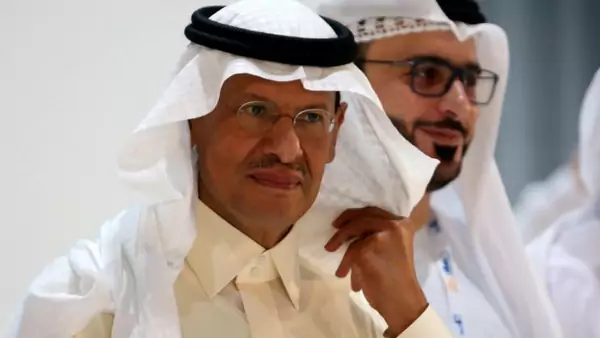by Amy M. Jaffe
Saudi Arabia’s oil industry is on the move with strategic changes in leadership, investments, and a broadening of its global businesses. The moves, which include larger investments in refining and petrochemicals as well as global natural gas, should help the kingdom weather the large changes coming in global energy markets. Studies show that integration across the petroleum value chain can enhance long range profits for large businesses like Saudi Aramco. Saudi Arabia has also focused efforts on reducing the swings of the oil price cycle through its leadership to broker production cut agreements between the Organization of Petroleum Exporting Countries (OPEC) and other major producers like Russia (OPEC plus). Speaking at the sidelines of a major energy gathering, Saudi Arabia’s new oil minister, Prince Abdul Aziz Bin Salman, whose long service in the highest ranks of the Saudi oil sector spans multiple oil boom and bust cycles, told reporters that the OPEC plus alliance “was staying for the long term.”
Even as Saudi Arabia positions itself for the future, current challenges to Saudi aspirations for a higher oil price remain thorny. Continuation of the U.S.-China trade war has raised fears of a recession in Asia, a major growth market for oil use. The Asian economic flu of 1998 ushered in a period of low oil prices. Prospects that more oil will be coming to markets from Iran is another headwind for oil prices. Deterioration of U.S.-China trade relations creates a disincentive for China to abide by U.S. sanctions against Iranian oil exports. French efforts to keep the Iranian nuclear deal afloat is another similar wildcard on the level of Iran’s oil exports. Iraq’s production is also at record levels and the United Arab Emirates is still moving ahead with its plans to increase its oil production capacity to 4 million b/d by the end of 2020. Limited OPEC spare oil production capacity is one factor that has underpins oil prices.
Oil price edged higher earlier this summer amid Iranian attacks on shipping and oil installations in and around the Strait of Hormuz but ultimately concerns about a possible weakening in oil demand were attributed as a key variable acting to keep a lid on oil price levels. Markets are also still adjusting to the role U.S. tight oil plays in potentially shortening the oil price cycle. While the U.S. shale industry aggregated capitalization was battered in 2018 in the U.S. stock market, leading some to predict a slowdown in U.S. crude oil output growth, cost-cutting and automation is expected to turn the tide for many companies. Rystad Energy reported that the grouping of the 40 top dedicated U.S. shale companies achieved positive cash flow in the second quarter of 2019, indicating that dilemma OPEC faces in trying to underpin oil prices. The hedging practices of the shale industry also influences the oil cycle. As prices rise, shale producers have moved to lock in prices in futures markets, which in effect adds selling pressures in futures markets upticks. In a presentation to investors, for example, Occidental Petroleum revealed that it hedging program covered a sizable 300,000 b/d of production via a three way collar hedge structure for 2020 that included a short put at $45 (floor sold price), a long put at $55 (floor purchase price) and a short call (ceiling sold price) at $74.09 in addition to selling similarly priced call options in 2021.
Non-OPEC production continued to be on the rise this summer, with sizable gains from Brazil and Norway. U.S. oil production is set to gain close to 1 million barrels a day in 2020. U.S. oil production including natural gas liquids was up almost 2 million barrels a day between June 2018 and June 2019.
OPEC’s 2019 agreement was helped along by an extended contamination problem at Russia’s Druzhba crude oil pipeline and caused Russian production to hit a three-year low of 10.8 million barrels a day in July 2019.
It remains to be seen what Russia’s position will be as its pact with OPEC comes due for renewal in early 2020. The state of U.S. oil production and the overall health of the global economy will likely be pivotal variables. Saudi Arabia’s Crown Prince Mohammed Bin Salman, the architect of Saudi oil policy, discussions with Russian President Vladimir Putin at the G-20 meetings in Osaka Japan lay the groundwork for the current OPEC plus production agreement. But the Russian leader has also expressed in the past satisfaction with current oil prices of $60 a barrel, a level in line with current prices.

No comments:
Post a Comment